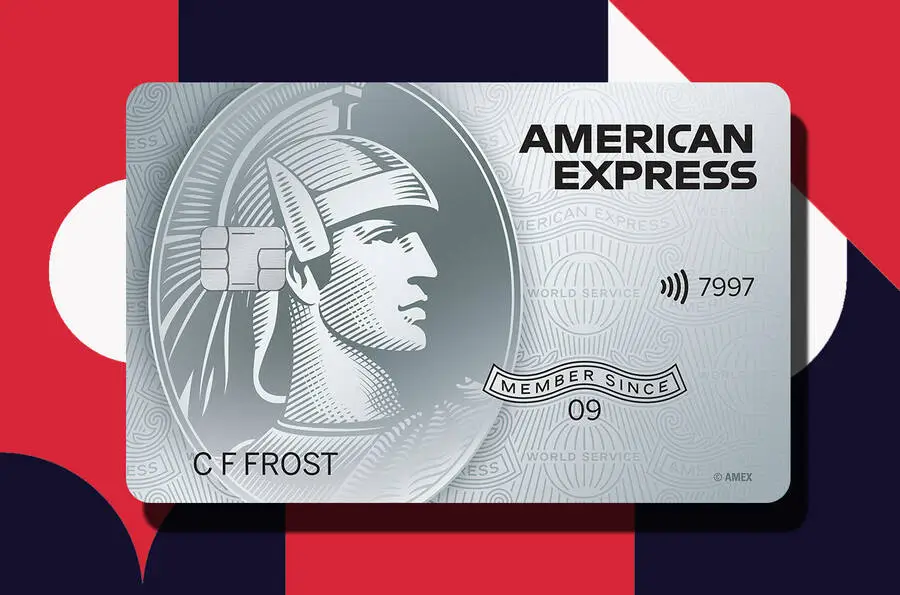Which is the best American Express cashback credit card?
Links on Head for Points may support the site by paying a commission. See here for all partner links.
Are the Amex cashback cards better than other rewards cards? And which of the two Amex cashback cards is best?
Today I want to take a more detailed look at the American Express options.
We tend not to focus on the two American Express Cashback cards much on Head for Points because they do not offer miles or points.
They are decent products, however, offering cashback on all of your spending. You can find details of the Amex Cashback card here and the Amex Cashback Everyday card here.
We published a full review of the two American Express Cashback cards here.

Miles and points from credit cards are not free
Avios, miles and points earned from credit cards are not free. You might think they are, because you have not explicitly handed over any money for them, but you have sacrificed something else – the money you would have received from using a cashback credit card instead.
Cashback Visa and Mastercard products are not hugely generous following the cap on interchange fees paid by retailers a few years ago. Most have cut their rewards down to 0.1% to 0.25% of your spending (ie 20p per £100) or so, which is what you get from the John Lewis / Waitrose Partnership card, the Marks & Spencer credit card or the Sainsbury’s Nectar credit card.
How do the American Express cashback credit cards work?
American Express has two different cashback cards – the Amex Cashback credit card and the Amex Cashback Everyday credit card.
What is the difference between the two Amex Cashback cards?
Basically, the key difference between the two Amex cashback credits cards is the annual fee and the cashback tiers.
The Amex Cashback card (£25 fee) pays you cashback at the following rate for your first year:
- 5% cashback on all your spending in the first three months, up to £2,500 of purchases
After the first three months, or once you have hit £2,500 of spending (whichever comes first) you receive:
- 0.75% back on your spend up to £10,000
- 1.25% back on your spend over £10,000
After your first year, you receive:
- 0.75% back on your first £10,000 of spending each year
- 1.25% back on your spend over £10,000 each year
Cashback is paid in a lump sum at the end of each card year.
The Cashback card comes with a £25 annual fee.
The representative APR is 35.3% variable, including the annual fee. The representative APR on purchases is 29.7% variable.
Meanwhile …..
The Amex Cashback Everyday card (free) has a tiered reward system.
In your first year, you receive:
- 5% cashback on all your spending in the first five months, up to £2,500 of purchases
After the first five months, or once you have hit £2,500 of spending (whichever comes first) you receive:
- 0.5% back on your spend up to £10,000
- 1% back on your spend over £10,000
After your first year, you receive:
- 0.5% back on your first £10,000 of spending each year
- 1% back on your spend over £10,000 each year
Cashback is paid in a lump sum at the end of each card year.
The Cashback Everyday card is free.
The representative APR is 29.7% variable.

Which is the best Amex cashback card to get?
Time for a quick bit of maths.
The break-even point for getting the £25 card is £10,000 of spending per year. If you will spend under £10,000 per year, you are better off with the free Amex Cashback Everyday card.
For example:
- spend £9,000 per year and you will receive £45 on the free Amex Cashback Everyday and £42.50 on the Amex Cashback card, adjusting for the £25 fee
- spend £11,000 per year and you will receive £60 on the free Amex Cashback Everyday and £62.50 on the Amex Cashback card, adjusting for the £25 fee
What is the sign-up bonus?
Both cards have the usual generous American Express sign-up bonuses:
- The Amex Cashback card pays you 5% back on your spending in the first three months, to a maximum spend of £2,500 (so capped at £125 back)
- The Amex Cashback Everyday card pays you 5% back on your spending in the first five months, to a maximum spend of £2,500 (so capped at £125 back)
What more should I know about the Amex cashback cards?
You do not receive your cashback month by month. Instead, it is paid onto your Amex statement at the end of each card year. You cannot cancel the card early because you won’t receive your cashback.
This means that – with the £25 Amex Cashback card – you need to pay the fee for the following year before you will receive your cashback for the previous year.
At present, American Express is still letting you cancel credit cards and receive a pro-rata refund of your annual fee. This means that you could cancel as soon as the cashback from the previous year had arrived. Unfortunately, Amex is planning to remove pro-rata fee refunds in ‘late 2024’ although this could slip or be abandoned.
Both cards require you to have a minimum personal income of £20,000.
Conclusion
I am not suggesting that you should drop your existing reward credit cards and switch to cashback cards instead. It depends what value you place on your miles and points as well as the other benefits offered by these cards, such as the 2-4-1 Avios flight voucher on the British Airways American Express. It is always good to be aware of the alternatives though.
If you do decide to go for one of these cards, I recommend the free Everyday card unless you plan to spend more than £10,000 per year.
The application page for the Amex Cashback (£25 fee) card is here. The application page for the Amex Cashback Everyday (no fee) card is here.
Disclaimer: Head for Points is a journalistic website. Nothing here should be construed as financial advice, and it is your own responsibility to ensure that any product is right for your circumstances. Recommendations are based primarily on the ability to earn miles and points. The site discusses products offered by lenders but is not a lender itself. Robert Burgess, trading as Head for Points, is regulated and authorised by the Financial Conduct Authority to act as an independent credit broker.








Comments (8)